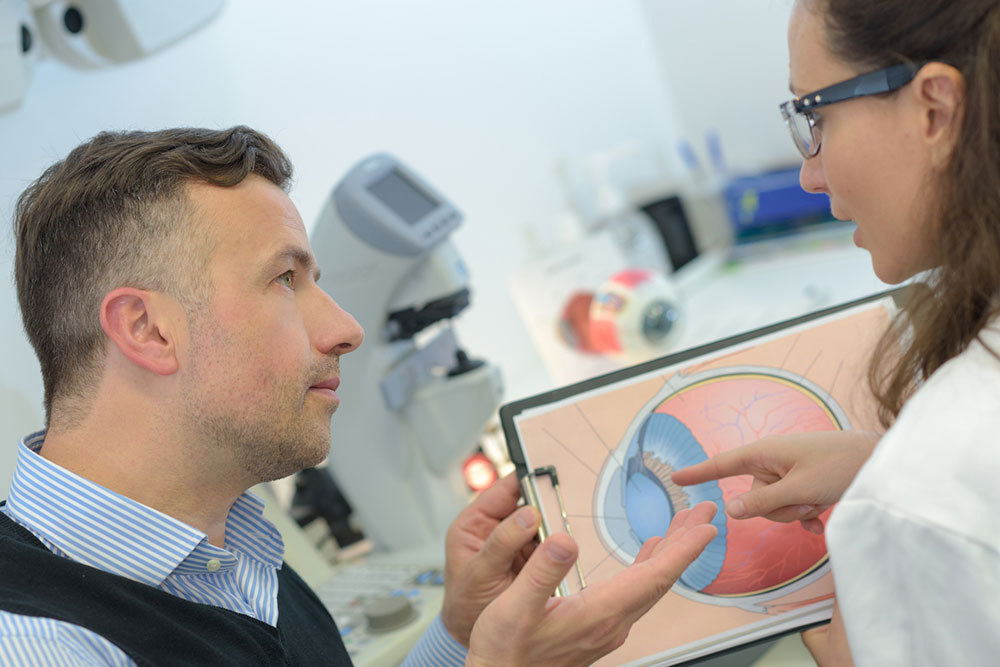Top management options for wet macular degeneration

The macula is a crucial component of the retina that plays a crucial role in clear vision, enabling people to see objects straight ahead. Age-related macular degeneration (AMD) is a condition that compromises the macula, manifesting in two main forms – dry and wet AMD. Although there’s no cure for wet macular degeneration, timely diagnosis and treatment can delay its progression and potentially restore lost vision. Continue reading to explore wet macular degeneration treatments.
Prescription treatments
Some prescription treatments aim to cease the growth of new blood vessels. They address the biological factors contributing to abnormal blood vessel growth. Besides this, prescription remedies also aim to target the pathways involved in the progression of the disease, stabilize vision, and reduce leakage of blood or fluid. A healthcare professional will suggest or adjust prescription treatments based on the patient’s response and the condition’s severity.
Therapies
A few therapies can also help relieve or control wet macular degeneration symptoms. These include-
- Photodynamic therapy- Photodynamic therapy (PDT) is a treatment for wet AMD that involves a combination of a light-sensitive substance and laser treatment. This therapy aims to address abnormal blood vessel growth in the retina and helps cure irregular blood vessel growth. In this procedure, a health expert administers a photosensitive substance into the bloodstream through the arm. This substance travels to the blood vessels in the eye. Next, the doctor will shine a focused light from a specialized laser onto the affected blood vessels to activate the photosensitive substance. It helps the blood vessels close and stop leakage. While this method reduces the rate of vision loss, multiple sessions are needed to prevent the reopening of blood vessels.
- Photocoagulation – The doctor employs a high-energy laser beam to seal the affected blood vessels under the macula. It restricts the bleeding in the blood vessels and minimizes further damage. Repeat sessions might be needed to retain the change.
- Low-vision rehabilitation – It involves getting care from an eye doctor, an occupational therapist, and other trained specialists in the therapy to help one adapt to the changing vision. It focuses on improving vision through training in magnification techniques, contrast sensitivity, and lighting adjustments. Customized technologies are introduced to help individuals with wet AMD be independent and engage in daily activities without difficulties.
Lifestyle modifications
Some lifestyle changes can reduce the progression of wet AMD and aid in prevention, which include
- Following a healthy and balanced meal plan rich in antioxidants, omega-3 fatty acids, and other essential nutrients
- Managing other medical conditions like high blood pressure or cardiovascular diseases
- Exercising regularly
- Wearing sunglasses when outdoors to avoid harm from ultraviolet radiation



